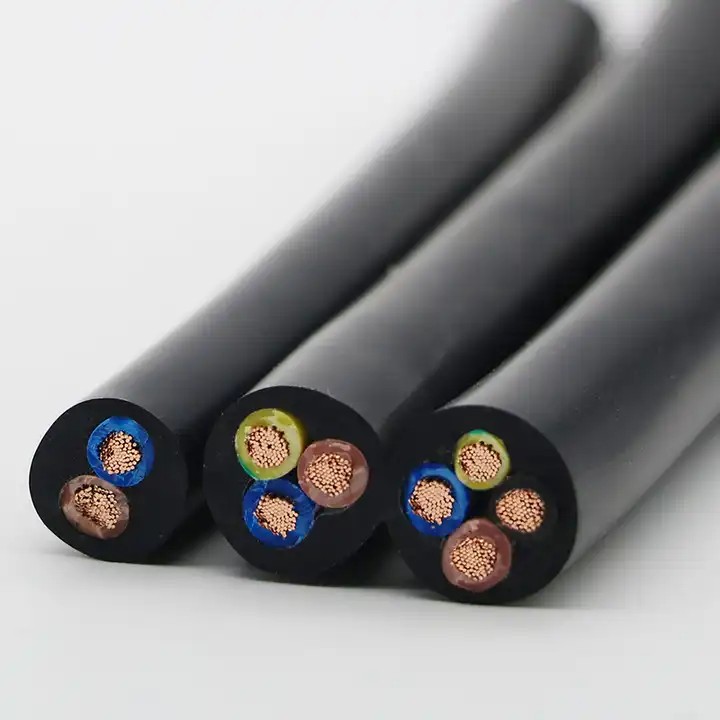When it comes to wiring and electrical installations, selecting the right type of cable is crucial for ensuring safety, performance, and durability. Flexible multicore cables are a popular choice for a wide range of applications due to their versatility and reliability. Whether you¨re designing an industrial control system, setting up a power distribution network, or wiring machinery, flexible multicore cables can provide the flexibility and performance you need. But how do you choose the right one for your specific requirements?In some cases, flexible industrial ethernet cable The advantages will become more and more obvious, and it will be able to develop indomitable after market tests. https://www.linkcablecn.com
In this article, we¨ll guide you through the key factors to consider when selecting the right multicore flexible cable for your needs, with a focus on multicore flexible power cables, multicore flexible electrical cables, and choosing the best multicore flexible cable manufacturer, like TL-LINK.
multicore flexible power cable.jpg
1. Understanding the Different Types of Flexible Multicore Cables
Before you make a decision, it’s essential to understand the different types of flexible multicore cables and their applications. These cables are designed to carry multiple electrical signals or power lines in a single, flexible casing, and come in various configurations and constructions. Here are some common types:
Multicore Flexible Power Cable: This type of cable is designed specifically for transmitting electrical power. It’s used in power distribution systems, machinery, and equipment that requires a stable and reliable power supply. The multicore flexible power cable ensures optimal power delivery while maintaining flexibility, even in tight spaces.
Multicore Flexible Electrical Cables: Used primarily for electrical systems, these cables are essential for carrying signals or power between different components of electrical systems. They¨re often used in commercial buildings, machinery, and control systems. Multicore flexible electrical cables are perfect for applications where flexibility and easy installation are key.
2. Factors to Consider When Choosing the Right Cable
When selecting the right flexible multicore cable, there are several important factors to consider:
a. Cable Size and Configuration
The number of cores (conductors) and their size will depend on your specific application. More cores are necessary for complex electrical systems that require multiple connections, while larger gauge wires are needed for higher power transmission. Ensure that the cable¨s core configuration fits the power or signal requirements of your application.
b. Environmental Considerations
Consider the environment in which the cable will be installed. For example, if you’re using multicore flexible cables outdoors or in industrial settings, you¨ll need cables with extra protection against environmental factors such as UV rays, chemicals, moisture, or extreme temperatures. Look for multicore flexible electrical cables that come with robust insulation and protective sheaths designed for harsh conditions.
c. Flexibility and Durability
One of the key benefits of flexible multicore cables is their ability to bend and move without breaking. When choosing a cable, ensure that it meets the specific flexibility requirements of your installation. If the cable needs to withstand frequent movement or bending (like in robotics or automation systems), opt for cables that offer high durability and flexibility.
d. Voltage and Current Rating
Every cable is designed to carry a certain amount of voltage and current. Check the voltage rating and current-carrying capacity of the cable to ensure it can handle the load of your application. For example, multicore flexible power cables are designed for higher power applications, while multicore flexible electrical cables might be used for lower power, signal-based applications.
e. Insulation Material
The insulation material of the cable plays a vital role in protecting the conductors and ensuring safe operation. Common materials used for insulation include PVC, rubber, or TPE (thermoplastic elastomer). Make sure to select the right material based on the operating temperature range, mechanical protection, and chemical resistance your cable will require.